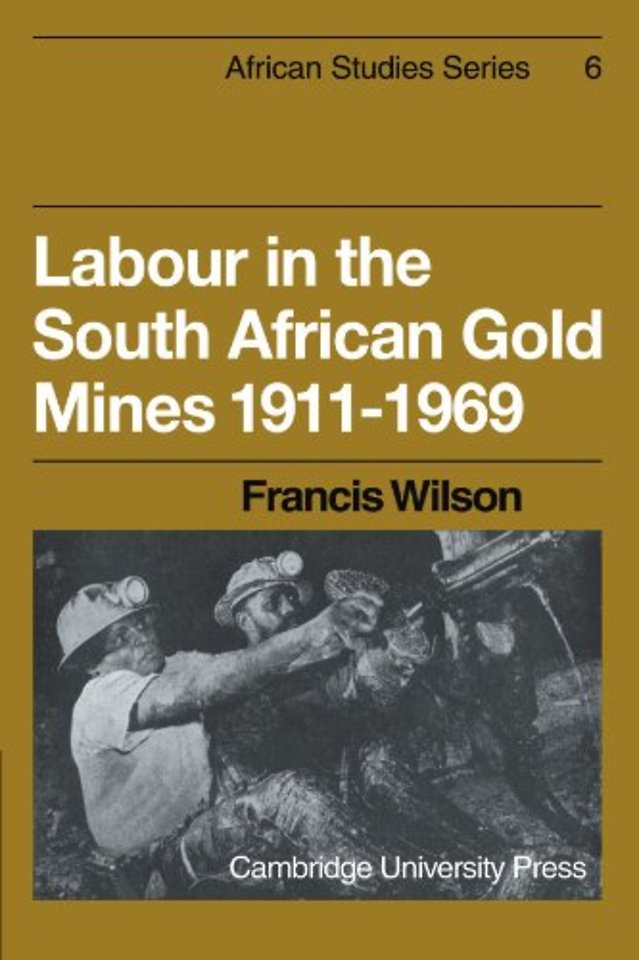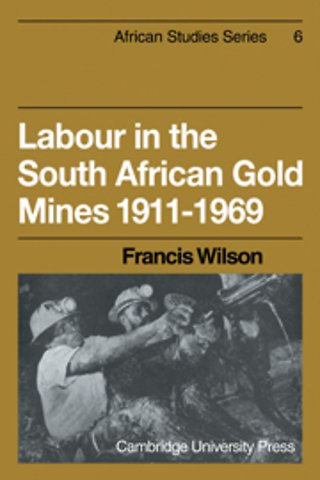Labour in the South African Gold Mines 1911–1969
Samenvatting
The main theme of this 1972 book, the determination of wages, is introduced by a historical analysis of the labour market in the mines and an examination of the economics and financial structure of the gold mining industry. Dr Wilson believes that successive South African governments used the gold mining industry when planning labour policies, so that the mines' labour strategy exerted a profound influence on the social and economic structure of South Africa. The author shows how collusion between the mining groups enabled them to hold down black wages so effectively that in real terms African miners' wages were likely lower at the time of this book's publication than they were in 1911. The strong bargaining position occupied by white miners allowed them to be the sole beneficiaries of increases in productivity, so that the distribution of income would become more unequal over time.
Specificaties
Inhoudsopgave
List of tables
List of plates
List of figures
Preface
Acknowledgements
Author's note
1. Foundations
2. Gold mining
3. Earnings
4. Supply and demand
5. Human Capital
6. Interaction of forces
7. The economics of migrant labour
8. Implications
Appendixes
Bibliography
Index.
Anderen die dit boek kochten, kochten ook
Net verschenen
Rubrieken
- aanbestedingsrecht
- aansprakelijkheids- en verzekeringsrecht
- accountancy
- algemeen juridisch
- arbeidsrecht
- bank- en effectenrecht
- bestuursrecht
- bouwrecht
- burgerlijk recht en procesrecht
- europees-internationaal recht
- fiscaal recht
- gezondheidsrecht
- insolventierecht
- intellectuele eigendom en ict-recht
- management
- mens en maatschappij
- milieu- en omgevingsrecht
- notarieel recht
- ondernemingsrecht
- pensioenrecht
- personen- en familierecht
- sociale zekerheidsrecht
- staatsrecht
- strafrecht en criminologie
- vastgoed- en huurrecht
- vreemdelingenrecht







